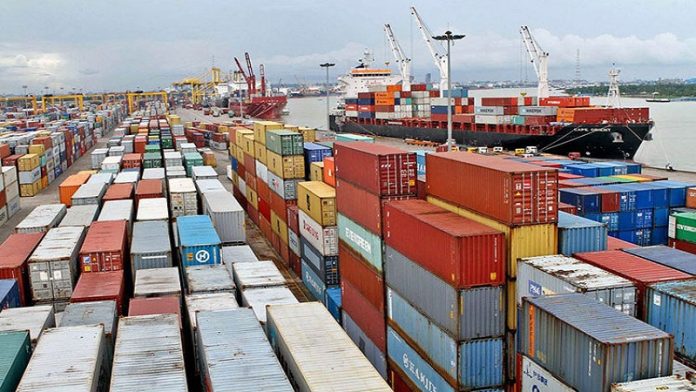Bangladesh government will begin the construction of two jetties on its maiden deep-sea port of Matarbari next week.
The country’s Prime Minister Sheikh Hasina will inaugurate the construction of 460 meters long container jetty and 300 meters long multipurpose jetty on 11 November.
The deep-sea port will have a 14 kilometres long, 350 meters wide and 18.7 meters water draft main navigation channel. Vessels carrying up to 8,200 TEUs and bulk carriers of nearly 70,000 deadweight tonnage (DWT) will be able to berth in its jetties.
Some US$2 billion will be spent to construct the deep-sea port which will also cater as transshipment port for regional countries. The Japan International Cooperation Agency (JICA) is providing the majority portion of the total cost as loan while the government and the Chittagong Port Authority are providing the rest.
The Matarbari port will be the deepest port compared to its Asian peers. Data shows that Hambantota port in Sri Lanka has 17 metres water draft, the port of Colombo has 15.5 meters depth, and the port of Singapore’s maximum water draft is 16 metres. Also, the main channel of the port of Jeddah in Saudi Arabia has 16 metres depth, the port of Jebel Ali in the United Arab Emirates has a water depth of 15.2-metre, and the port of Busan’s channel has a water depth of only 12 metres.
In the absence of a deep-sea port, Bangladesh’s export cargo is currently carried by feeder vessels to regional transshipment ports in Colombo, Singapore, Port Klang and Tanjung Pelepas, among others, and from there they are shifted to mother vessels to reach final destinations.
Similarly, import cargo is also transported to these transshipment ports by mother vessels from where they are carried to Bangladeshi ports by feeder vessels, increasing transportation costs.
Once the deep-sea port is constructed, mother vessels will directly dock at its jetties.
Officials predict, due to direct shipping service, both the transportation cost and time will almost be halved. Currently, a container from Bangladesh needs around 42 days to reach Europe, via the transshipment ports. After the construction of the new port, it will take around 17 to 18 days.
Located nearly 70 kilometres away by waterways from the Chittagong port, the deep-sea port is expected to start full-fledged operations by 2026, according to Chittagong port officials. The deep-sea port will be administered by the Chittagong Port Authority.
Sharar Nayel
Asia Correspondent







